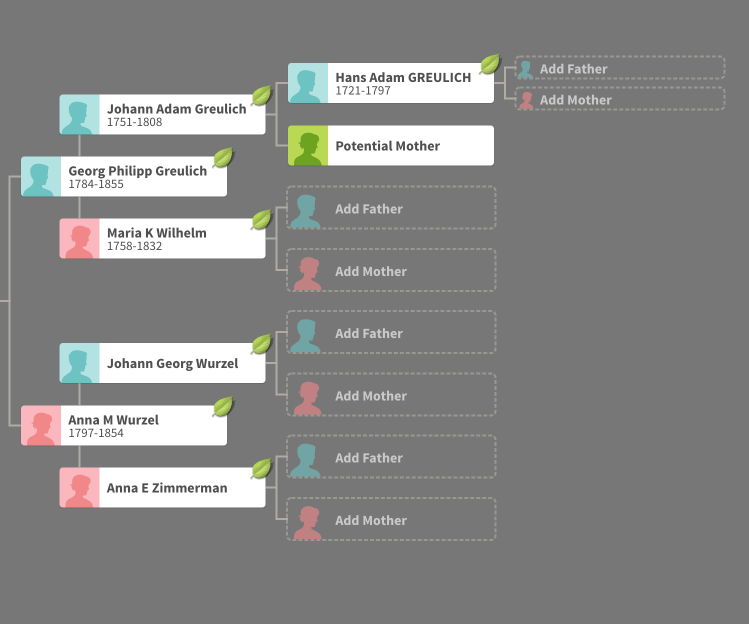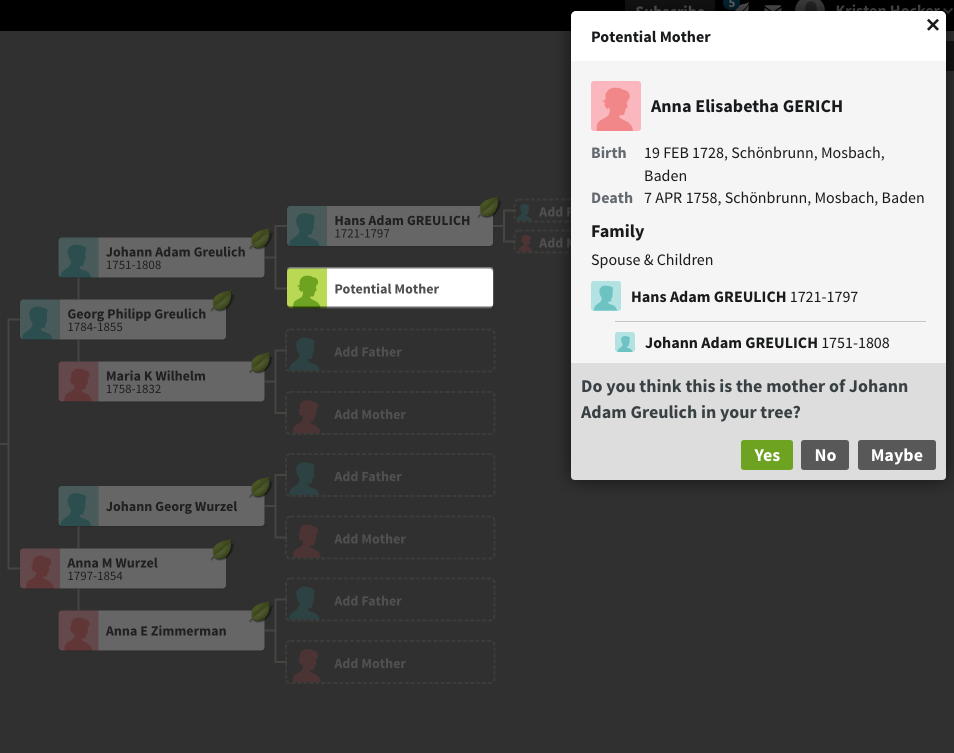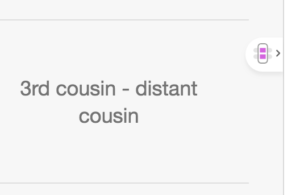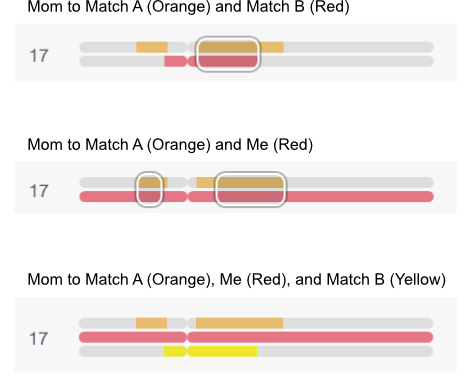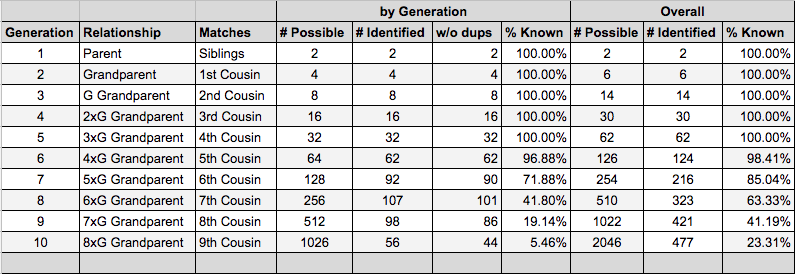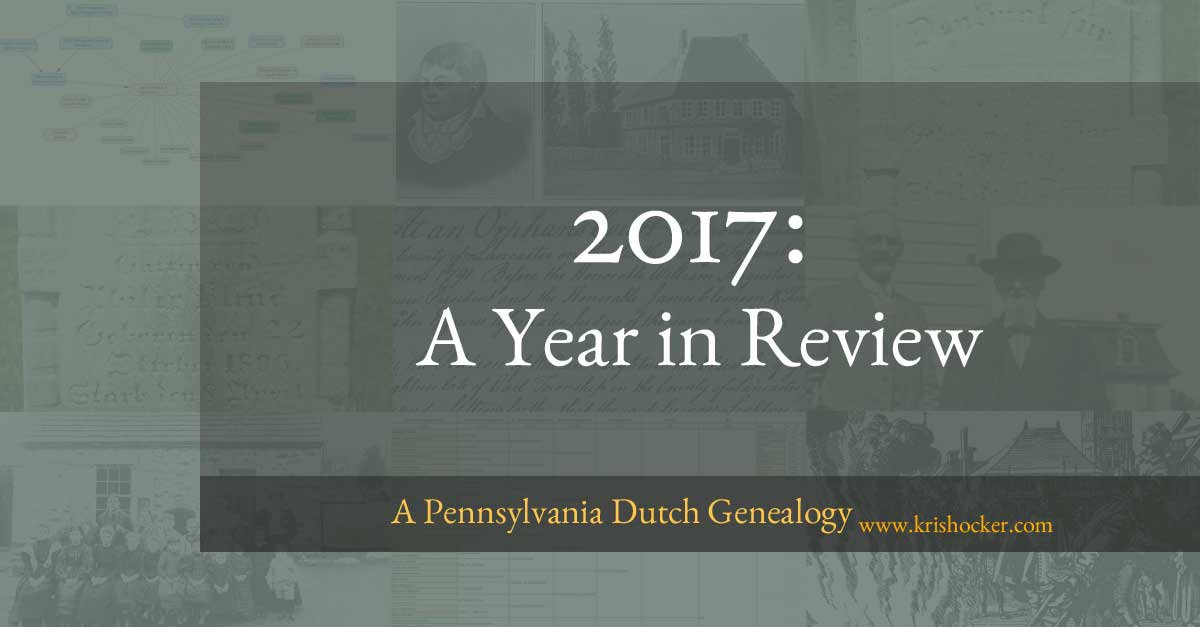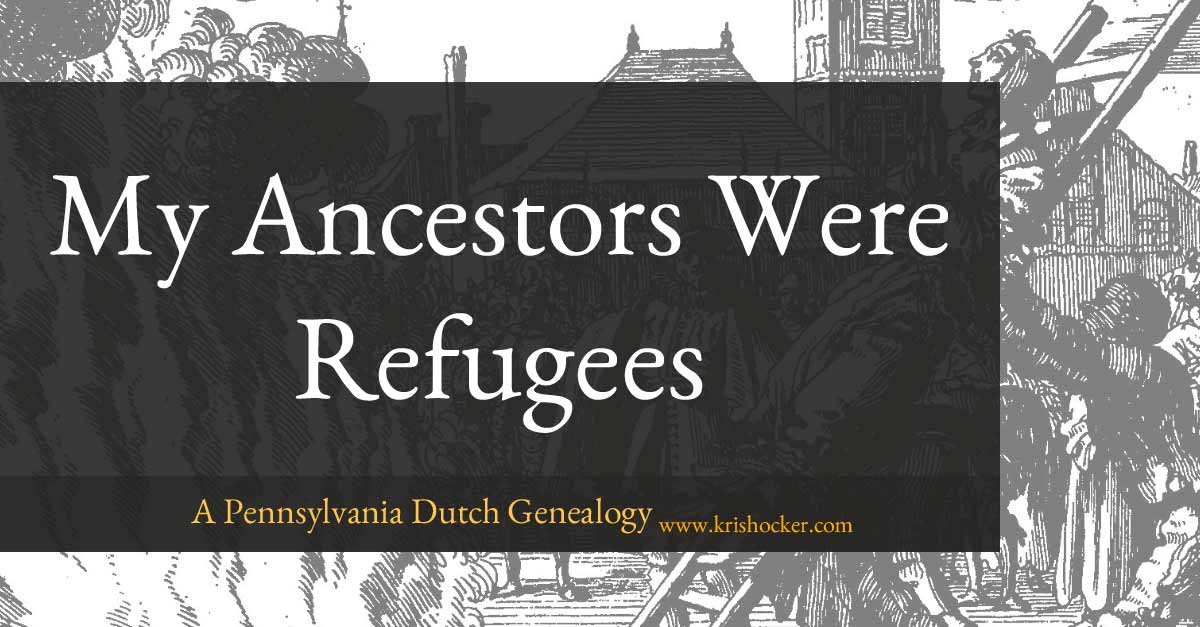Topics from the Timeline July Edition
It’s time for another social Sunday with some of the items I’ve shared on my timeline on Facebook and Twitter. What interests you?
- The Price of Sharing by the Legal Genealogist – With all the news about DNA databases being used to find criminals, Judy G. Russell exams the potential downsides of this practice. I have to say I agree with her statement:
- ‘I am deeply concerned that the broader genealogical community isn’t talking enough about the risk that “the end justifies the means” is a recipe for abuse. That governments and their investigative arms aren’t always looking for Golden State Killers.’
- New in Ancestry Trees – Potential Ancestors – I wrote about these — approach with some caution.
- Getting Started with GEDmatch on Kitty Cooper’s Blog – Using GEDmatch can feel a bit like being dropped into the deep end of the pool to learn to swim. Here’s a guide for those new to GEDmatch to help get you started.
- Ancestry Product Update: Family Group Sheets are Back! – Another way to look at the information in your family tree
- New Filtering System for DNA Matches – Now if I could only filter by shared chromosome on MyHeritage
- Behold an Incredibly Detailed, Handmade Map Of Medieval Trade Routes – If you’ve ever wondered about how or how far our Medieval ancestors travelled for trade, checkout this map
- During the Great Depression, ‘Penny Restaurants’ Fed the Unemployed – There were more than just soup lines…
- The Victorian Photographic Society That Tried to Preserve ‘Old London’ – Oooh, photos of 19th century London!
- White Americans Fail to Address Their Family Histories – On the topic of slavery and our failure to truly face what it meant then and now

